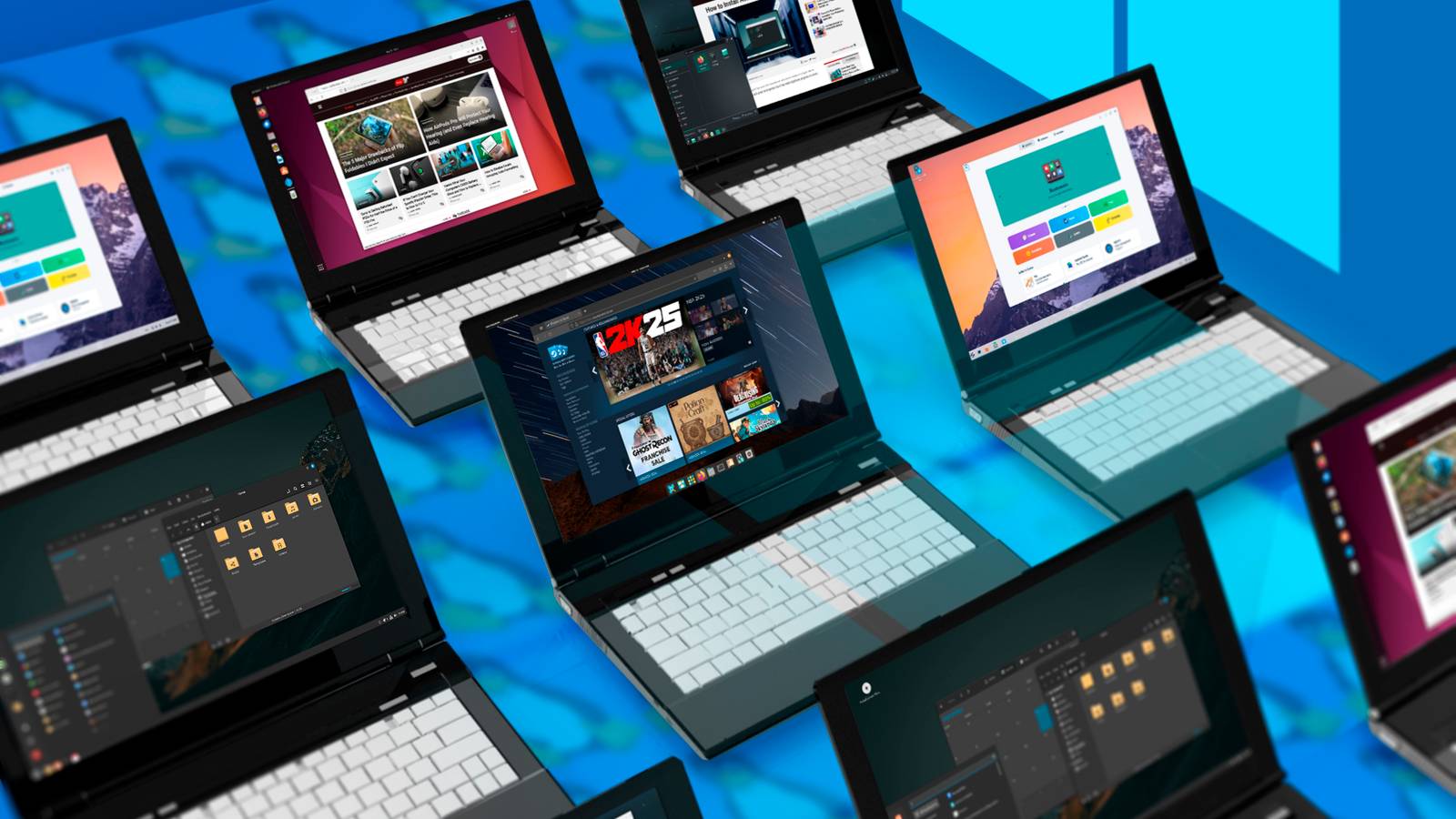Table of Links
Abstract and 1 Introduction
2 Terminology
3 Exploring the design space of vision-language models and 3.1 Are all pre-trained backbones equivalent for VLMs?
3.2 How does the fully autoregressive architecture compare to the cross-attention architecture?
3.3 Where are the efficiency gains?
3.4 How can one trade compute for performance?
4 Idefics2 – an open state-of-the-art vision-language foundation model and 4.1 Multi-stage pre-training
4.2 Instruction fine-tuning and 4.3 Optimizing for chat scenarios
5 Conclusion, Acknowledgement, and References
A Appendix
A.1 Further experimental details of the ablations
A.2 Details of the instruction fine-tuning
A.3 Details of the evaluations
A.4 Red-teaming
3.2 How does the fully autoregressive architecture compare to the cross-attention architecture?
To our knowledge, there is no proper comparison between the fully autoregressive and the cross-attention architecture. We aim to fill this gap by considering their trade-offs, namely performance, parameter count, and inference cost.
Following (Alayrac et al., 2022), we first compare the two architectures by freezing the unimodal backbones and training only the newly initialized parameters (cross-attention on one side, and modality projection along with learned pooling on the other side), while fixing the amount of training data. Alayrac et al. (2022) shows that the more frequently the crossattention blocks are interleaved with the language model layers, and the higher the vision-language performance. As such, we note that under this setup, the cross-attention architecture has 1.3B more trainable parameters (2B trainable parameters in total) than the fully autoregressive architecture. Additionally, at inference time, the former uses 10% more flops than the latter. Under these conditions, we observe that the cross-attention architecture performs 7 points better in Table 3.
Out of the total number of parameters, approximately 15% for the fully autoregressive architecture and 25% for the cross-attention are trained. We hypothesize that this low proportion limits the expressivity of the training and hinders performance. To test that hypothesis, we compare the two architectures by unfreezing all parameters (newly initialized parameters and parameters of the pre-trained unimodal backbones). Under these conditions, training the fully autoregressive architecture would yield loss divergences, and we were not successful in stabilizing the training even by aggressively lowering the learning rate or gradually unfreezing various components. To overcome this stability challenge, we leverage Low-Rank Adaptation (Hu et al., 2022) to adapt the pre-trained parameters while using standard full fine-tuning for the newly initialized ones.
This setup yields significantly more stable trainings, and more importantly, we observe a 12.9 points increase under the fully autoregressive architecture, and 0.6 point under the cross-attention architecture. While the cross-attention architecture performs better than the fully autoregressive architecture with frozen backbones, it is worse when we add degrees of liberty for the pre-trained backbones. Besides, using LoRA allows training the unimodal backbones at a fraction of the GPU memory cost of full fine-tuning, and LoRA layers can be merged back into the original linear layers yielding no additional cost at inference. We therefore choose the fully autoregressive architecture in the rest of this work.
It is interesting to note that this finding contradicts (Karamcheti et al., 2024) in which the authors observed that unfreezing the pre-trained visual backbone would significantly degrade the performance. We hypothesize that using parameter-efficient fine-tuning methods is a key difference.
3.3 Where are the efficiency gains?
Number of visual tokens Recent VLMs typically route the entire sequence of the vision encoder’s hidden states directly into the modality projection layer, which subsequently inputs into the language model, without no pooling. This is motivated by previous works in which adding a pooling strategy, like average pooling, was found to deteriorate the performance (Vallaeys et al., 2024). This results in a high number of visual tokens for each image ranging from 576 for DeepSeek-VL (Lu et al., 2024) to 2890 for SPHINX-2k (Lin et al., 2023). With the resulting sequence lengths, training is computationally costly, and in-context learning with interleaved images and texts is challenging because it requires modifications to the language models to handle very large context windows.
We reduce the sequence length of each image’s hidden states by using a perceiver resampler (Jaegle et al., 2021; Alayrac et al., 2022; Bai et al., 2023) as a form of trainable Transformer-based pooling. The number of queries (also referred to as latents) corresponds to the number of resulting visual tokens after the pooling. We observe that the learned pooling is effective in two ways: it increases the performance by 8.5 points on average and reduces the number of visual tokens necessary for each image from 729 to 64 (see Table 3).
In contrast to (Vallaeys et al., 2024; McKinzie et al., 2024) which find that the more visual tokens the higher the performance, we observe no gains when using more than 64 visual tokens. We hypothesize that in a hypothetical scenario of infinite training on unlimited data, performance might eventually improve, at the cost of a longer training time. Other variations over the Perceiver architecture (Mañas et al., 2023; Darcet et al., 2024; Vallaeys et al., 2024) resulted in decreased performance.
Preserving the original aspect ratio and image resolution Vision encoders, such as SigLIP, are typically trained on fixed-size square images. Resizing images alters their original aspect ratio, which is problematic, for instance, for tasks requiring reading long texts. Furthermore, conditioning the training on a single resolution size inherently introduces limitations: a low resolution omits crucial visual details, while a high resolution leads to inefficiency in training and inference. Allowing the model to encode images at various resolutions allows users to decide how much compute is spent on each image.
Following Lee et al. (2023); Dehghani et al. (2023), we pass the image patches to the vision encoder without resizing the image or modifying its aspect ratio. Given that SigLIP was trained on fixed-size low-resolution square images, we interpolate the pre-trained positional embeddings to allow for a higher resolution and train the vision encoder with LoRA parameters to adapt to these modifications.[2] Our findings indicate that the aspect ratio preserving strategy maintains performance levels on downstream tasks while unlocking computational flexibility during both training and inference (see Table 5). In particular, not having to resize images to the same high resolution allows for saving GPU memory and handling images at the resolution they require.
3.4 How can one trade compute for performance?
(Lin et al., 2023; Li et al., 2024; Liu et al., 2024; McKinzie et al., 2024) show that splitting an image into sub-images allows boosting the downstream performance with no changes to the model’s signature. An image is decomposed into sub-images (for instance 4 equal sub-images), which are then concatenated to the original image to form a sequence of 5 images. Additionally, the sub-images are resized to the original image’s size. This strategy however comes at the cost of a much higher number of tokens to encode the images.
We adopt this strategy during the instruction fine-tuning stage. Each single image becomes a list of 5 images: 4 crops and the original image. This way, at inference, the model is able to deal with standalone images (64 visual tokens per image), as well as artificially augmented images (320 visual tokens in total per image). We notice that this strategy is particularly useful for benchmarks like TextVQA and DocVQA, which require a sufficiently high resolution to extract the text in an image (see Table 9).
Moreover, when we apply image spitting to only 50% of the training samples (instead of 100% of the samples), we observe that it does not impair the performance increase that image splitting provides. Surprisingly, we find at evaluation time that increasing the resolution of the sub-images (and the standalone image) provides only a minor boost in performance compared to the improvement yielded by sole image splitting: 73.6% when increasing the resolution of the sub-images to the maximum vs 73.0% accuracy on our validation set of TextVQA, and respectively 72.7 vs 72.9 ANLS on the validation set of DocVQA.
Authors:
(1) Hugo Laurençon, Hugging Face and Sorbonne Université, (the order was chosen randomly);
(2) Léo Tronchon, Hugging Face (the order was chosen randomly);
(3) Matthieu Cord, Sorbonne Université;
(4) Victor Sanh, Hugging Face.
[2] Since SigLIP is trained with a fixed resolution, the positional embeddings can be interpreted both as absolute or relative positions. With the aspect ratio and resolution preserving, these positions become relative positional embeddings.
















